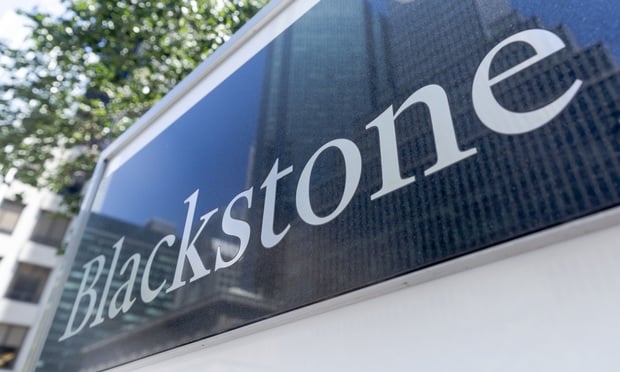Real estate investment and management firm Harbor Group International recently announced its first collateralized loan obligation, or CLO—a collection of bridge loans on multifamily assets across the US in an aggregate deal worth about $558 million.
"The close of our initial CLO marks a significant progression for Harbor Group International as we grow our debt and alternatives investment platform and adapt our business to meet changing market needs," president Richard Litton said in prepared remarks. "We intend to continue to leverage our deep multifamily expertise to be a CLO manager and bridge lender on a long-term basis."
Last year, the company created its bridge lending program, "originating senior mortgage loans for multifamily borrowers seeking short-term financing for new construction and value-add assets," it said. The company currently manages $2.3 billion in real estate debt.
Recommended For You
Want to continue reading?
Become a Free ALM Digital Reader.
Once you are an ALM Digital Member, you’ll receive:
- Breaking commercial real estate news and analysis, on-site and via our newsletters and custom alerts
- Educational webcasts, white papers, and ebooks from industry thought leaders
- Critical coverage of the property casualty insurance and financial advisory markets on our other ALM sites, PropertyCasualty360 and ThinkAdvisor
Already have an account? Sign In Now
*May exclude premium content© 2025 ALM Global, LLC, All Rights Reserved. Request academic re-use from www.copyright.com. All other uses, submit a request to [email protected]. For more information visit Asset & Logo Licensing.








